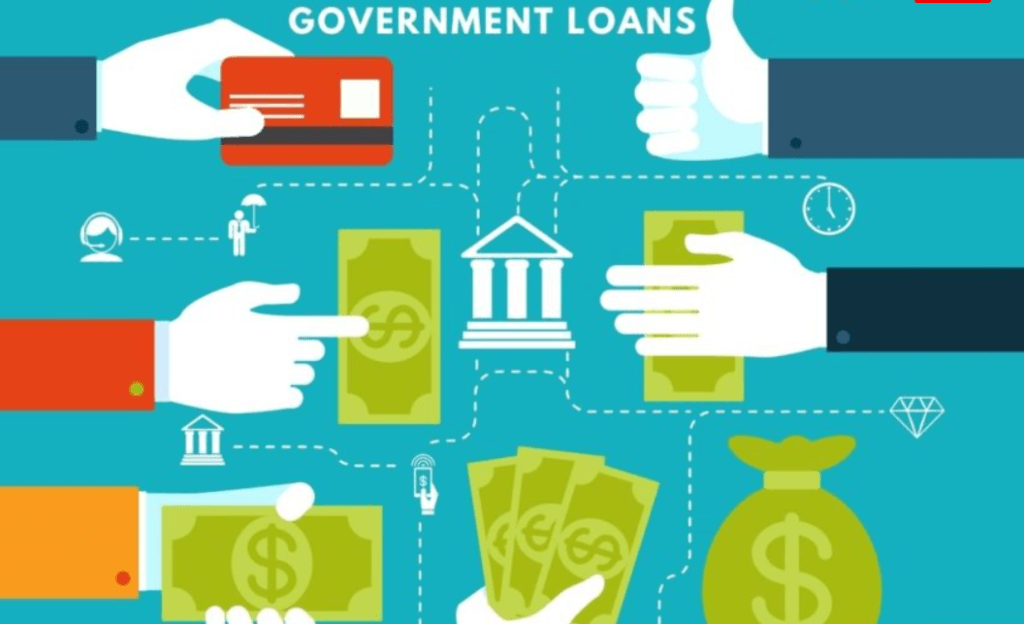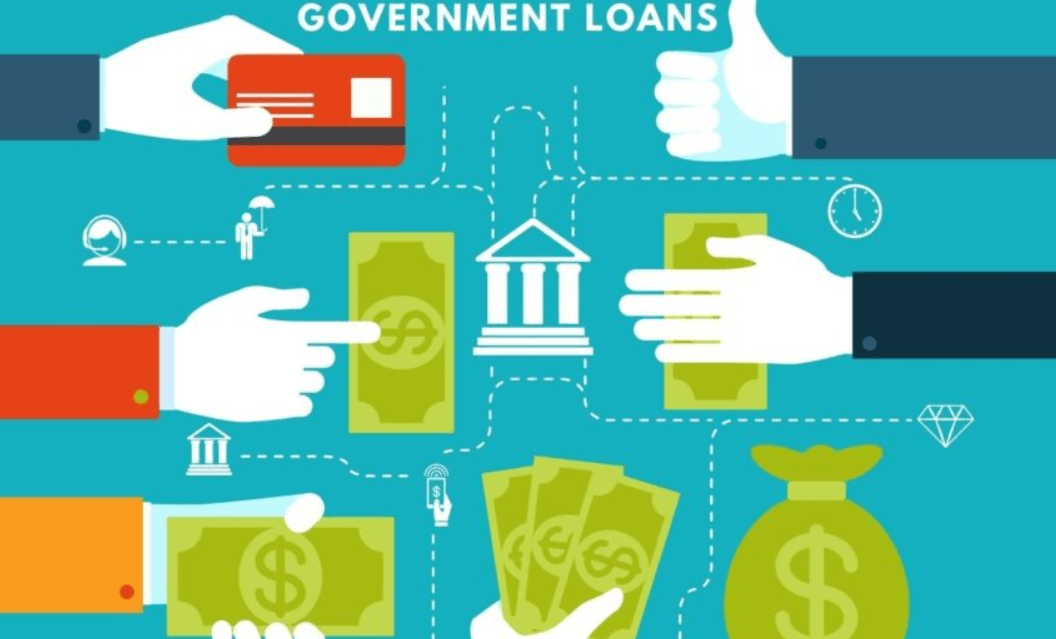
In a country as vast and diverse as India, the idea of an “enterprise” goes beyond corporate boardrooms and tech parks. It is the translation of skill into livelihood, and under a government that recognises this core truth, enterprise becomes the very engine of a nation’s socio-economic rise. Since 2014, the Indian economy has undergone a historic transformation under the leadership of Prime Minister Narendra Modi. In a decade of decisive governance, India has created over 51.4 crore jobs between 2014 and 2024, averaging over 5 crore jobs annually. What is especially noteworthy is that 19.7 crore of these jobs are directly attributed to governance-based interventions, policies that empowered people and dismantled barriers. The increasing rate of enterprises owes its genesis to credit-led interventions, especially loan schemes that infused blood into India’s entrepreneurial ecosystem.
Today, under PM Narendra Modi’s leadership, MSMEs account for nearly 30% of India’s GDP and contribute over 45% of the nation’s exports. These numbers are not a happy accident; they are the result of carefully designed, data-backed policy frameworks that have encouraged millions to dream, start, scale, and thrive. Central to this revolution are a series of flagship loan schemes that have democratised capital access across the economic pyramid.
Take, for instance, the Pradhan Mantri Mudra Yojana (PMMY). On 8 April 2025, India marks 10 years of the Pradhan Mantri MUDRA Yojana. It offers collateral-free loans up to ₹10 lakh to micro and small enterprises, especially those traditionally excluded from the formal banking sector. Since its launch in April 2015, the Pradhan Mantri Mudra Yojana (PMMY) has sanctioned over 52 crore loans worth ₹32.61 lakh crore, fuelling a nationwide entrepreneurial revolution. The SBI report highlights a significant rise in credit flow to MSMEs, driven by MUDRA’s impact. MSME lending surged from ₹8.51 lakh crore in 2014 to ₹27.25 lakh crore in 2024, and is projected to cross ₹30 lakh crore in 2025. The share of MSME credit in total bank credit increased from 15.8 percent in 2014 to nearly 20 percent in 2024, showcasing its growing role in the Indian economy. This expansion has enabled businesses in smaller towns and rural areas to access financial support that was previously unavailable, strengthening India’s self-reliant economy and driving grassroots job creation. “The Pradhan Mantri Mudra Yojana is strengthening women’s empowerment, and by availing the benefits of this scheme, I have given my bakery firm a new lease of life. For this, I thank the UP government and PM Modi,” says Manisha, a woman entrepreneur from Raebareli, whose story reflects the silent transformation at the grassroots, where aspiration is no longer limited by access.
Then came Startup India, launched in 2016 to institutionalise innovation and promote entrepreneurship. With tax exemptions, patent support, funding facilitation, and streamlined compliance, the initiative has recognised over 1,22,647 startups as of February 2024. What’s truly transformative is that more than 55,000 of these startups have at least one woman director, showing how the scheme has opened the doors of innovation to demographics previously ignored by legacy policymaking.
While the policies of the UPA Government increased the compliance burden for start-ups, which consequently discouraged many potential start-ups, the Modi government has undertaken several regulatory reforms since 2016 to enhance the ease of doing business, ease of raising capital, and reduction of the compliance burden for the startup ecosystem.
Another cornerstone of this credit-led empowerment is the Credit Guarantee Fund Trust for Micro and Small Enterprises (CGTMSE). It provides collateral-free loans up to ₹2 crore, with a credit guarantee coverage of 50% to 85%, depending on the type and size of the enterprise. By mitigating lending risk, CGTMSE (Credit Guarantee Fund Trust for Micro and Small Enterprises) has ensured that banks have a strong incentive to lend to MSMEs, even those without property or assets to pledge, a major hurdle for decades under previous regimes.

Building on this architecture of inclusive empowerment is the Stand-Up India Scheme, launched to specifically uplift women and SC/ST entrepreneurs, segments historically sidelined by the formal credit economy. By offering loans ranging from ₹10 lakh to ₹1 crore at competitive interest rates linked to the Marginal Cost of Lending Rate (MCLR) with minimal markup, the scheme ensures that a lack of collateral or capital doesn’t throttle ambition. As of June 2024, over 2.35 lakh loans have been sanctioned under the scheme nationwide, with 22,000 loans sanctioned in Tamil Nadu alone, a testament to its pan-India reach and impact.
The Pradhan Mantri Formalisation of Micro Food Processing Enterprises (PMFME) Scheme adds further strength to this grassroots credit and entrepreneurship revolution. Launched to support unorganised micro food processors, particularly in rural areas, the scheme has uplifted thousands of women-led and community-led ventures through credit-linked subsidies, training, and technological support. In Bhubaneswar, Chocolaca Enterprises LLP, founded by sisters Shanta and Rita Baliarsingh, transformed from a challenging start into a nationally and internationally recognised millet-chocolate brand. “The financial assistance under PMFME enabled us to purchase advanced machinery and meet global quality standards,” they note. What began as a means to fund their school for mentally challenged children, ‘Wood Apple’, grew into an inspiring story of women-led innovation and enterprise.
Unlike the UPA-era policy model, which revolved around short-term populism, loan waivers, and headline-grabbing subsidies, the Modi government has created a model that rewards merit and effort. The NDA has institutionalised empowerment through access to credit, markets, and opportunity, where UPA governments relied on handouts that perpetuated poverty and dependency.
For decades, UPA kept India shackled in a vicious cycle of entitlement politics. “Garibi Hatao” remained a slogan, never a solution. Free electricity, free loans, free schemes, none of which helped the poor break free from the grip of scarcity. Instead of empowering citizens to stand on their feet, Congress offered them just enough to survive, never enough to grow. Prime Minister Modi dismantled this broken framework and replaced it with a governance model rooted in sashaktikaran, empowerment. From rural entrepreneurs to aspiring engineers, from small vendors to taxpayers, the new India has been nudged toward atma-nirbharta, not just economic relief. India is no longer a country waiting for jobs to be handed out; it’s a nation creating, building, and financing them. From policy paralysis to a credit-powered economy, India’s journey in the last decade has been one of quiet but profound transformation. As we enter the next decade, the nation’s enterprise isn’t just thriving, it’s leading.

